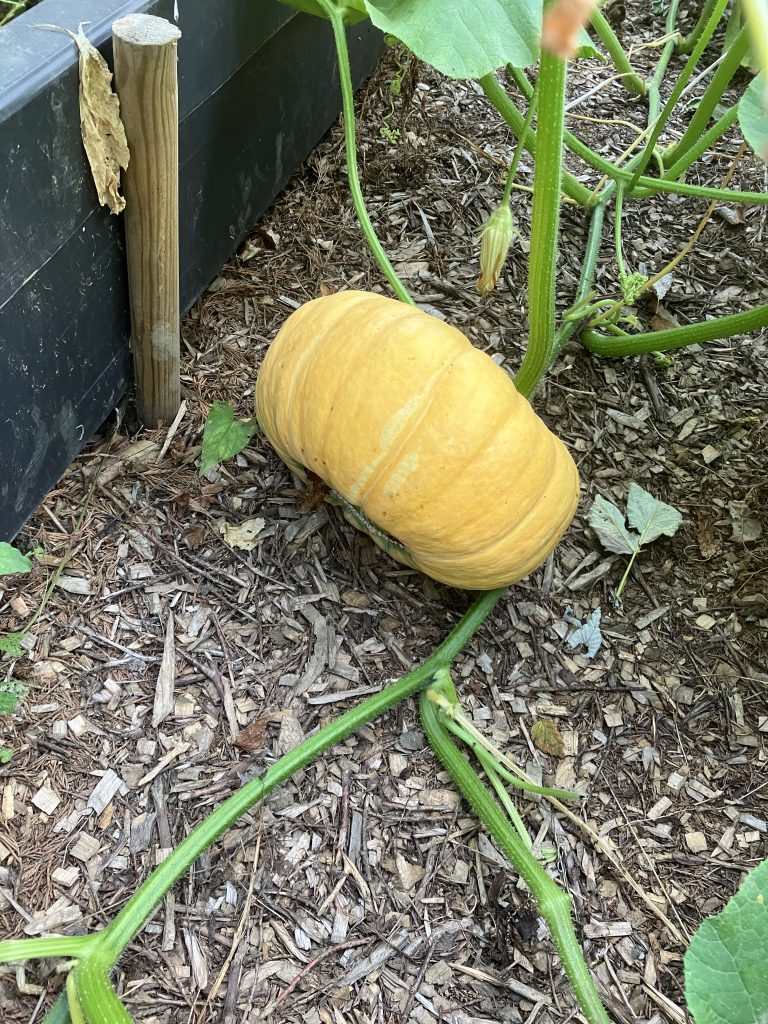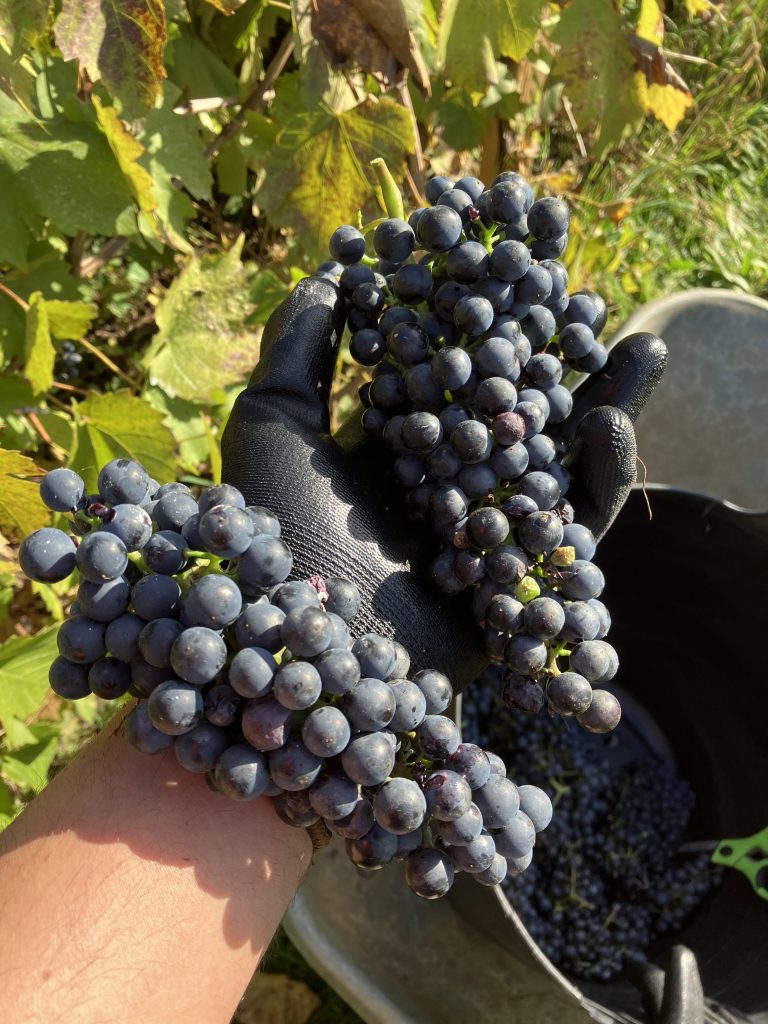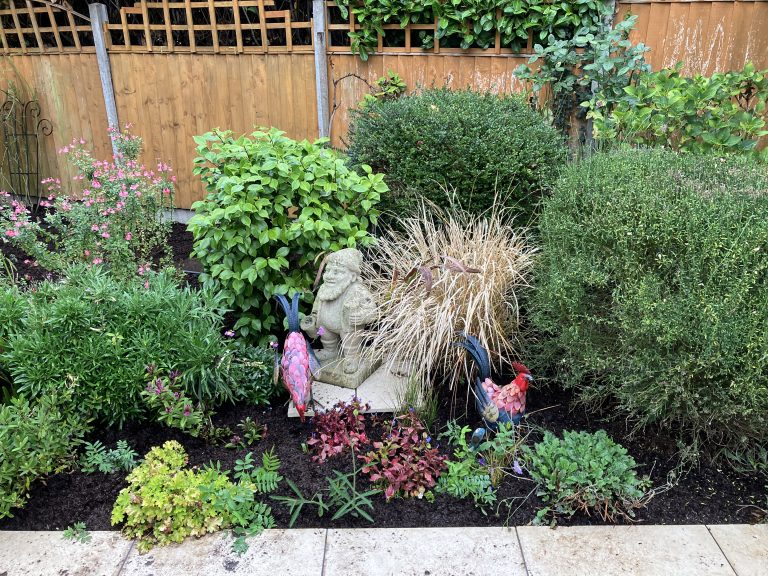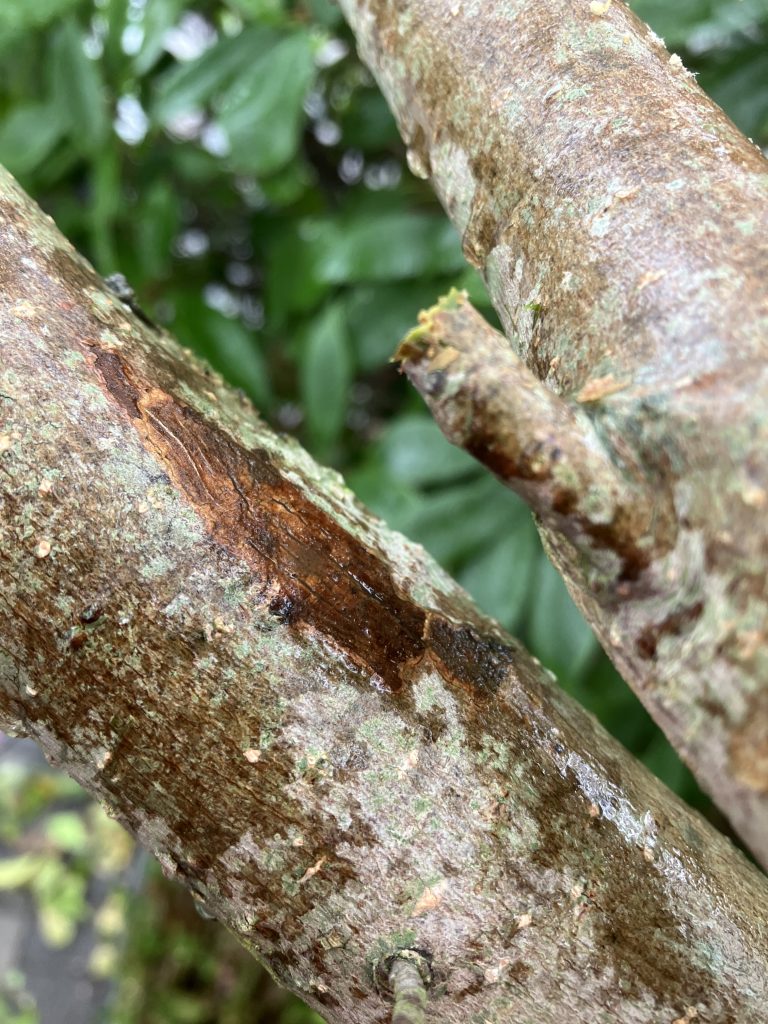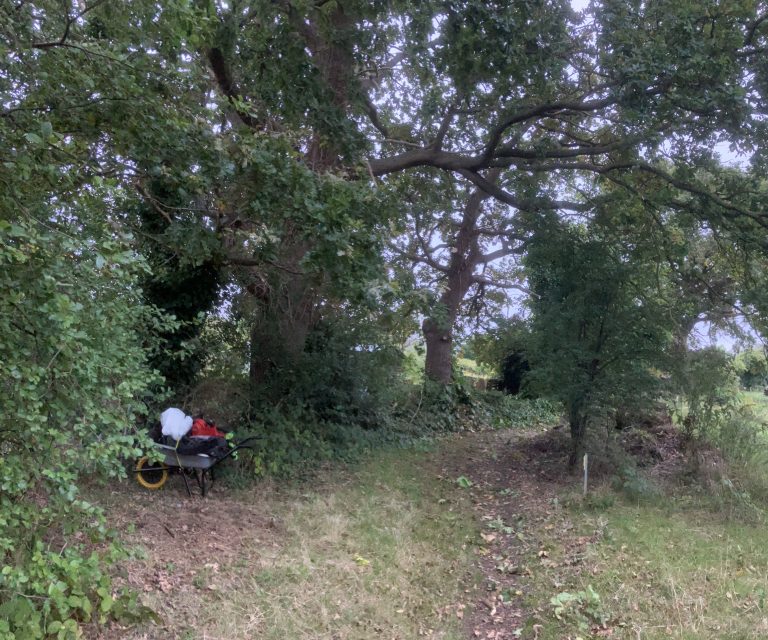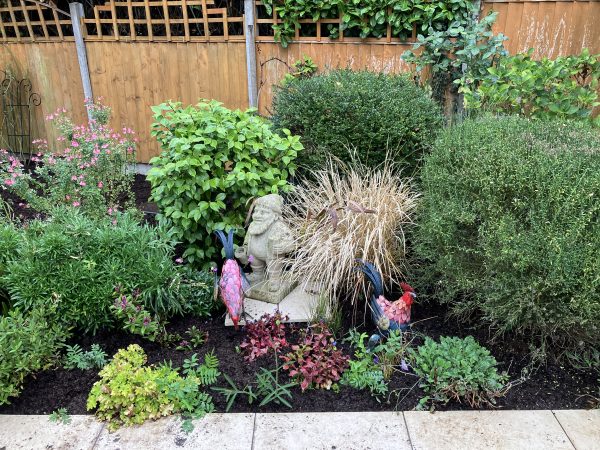
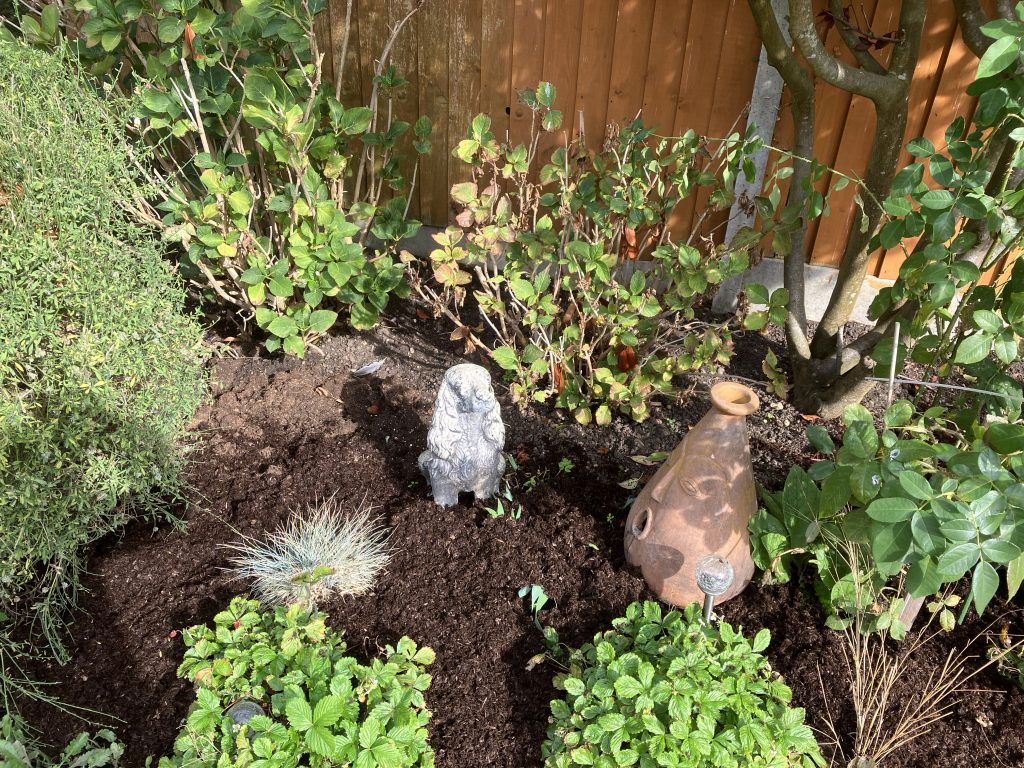
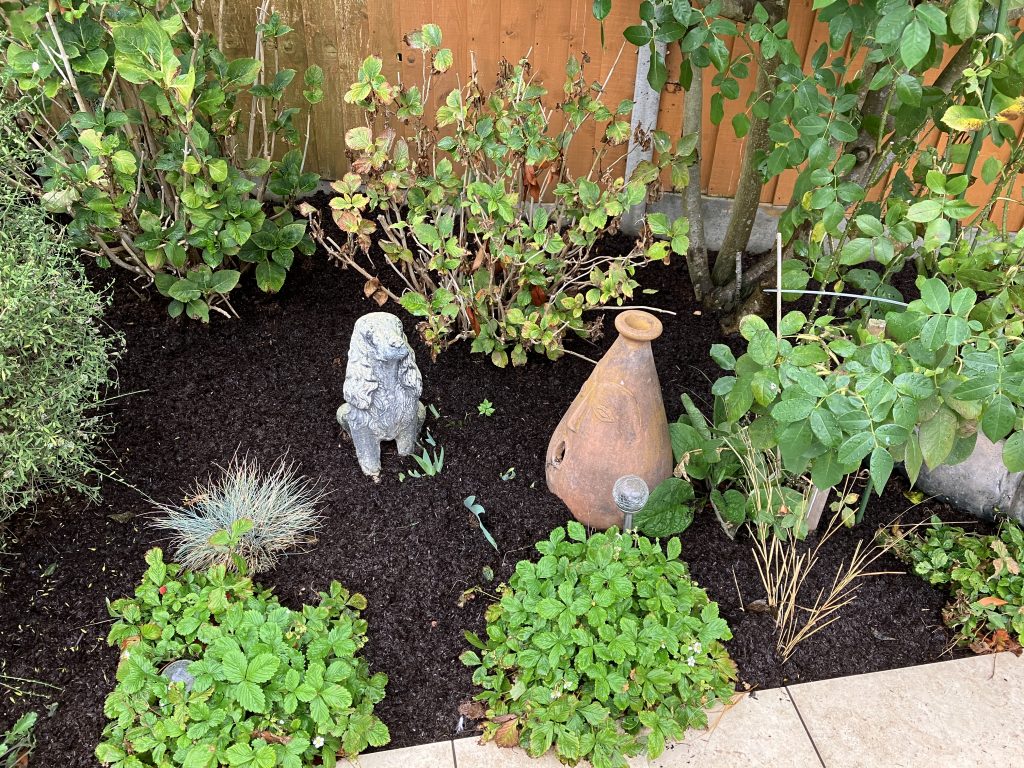
Mulching Flower Beds and Borders: Enhancing Soil Health While Boosting Biodiversity
Mulching is a cornerstone practice in UK gardens, adding a polished look to flower beds and borders while delivering essential benefits. Far from just aesthetics, mulching conserves moisture, suppresses weeds, and enriches soil, all while fostering biodiversity. Applied thoughtfully, it creates supportive environments for wildlife, from soil microbes to pollinators and small creatures. This article expands on mulching essentials for UK conditions, covering benefits, ideal timing, and key tips to ensure it nurtures rather than disrupts natural habitats.
Why Mulching Matters
Essentially, mulching involves spreading a layer of material over soil to protect and improve it. In flower beds and borders, it prevents soil erosion, retains moisture during dry UK summers, and moderates temperature fluctuations in variable weather. By suppressing weeds, it reduces competition for nutrients, allowing plants to thrive without chemical interventions. Organic mulches like compost break down over time, adding nutrients and improving soil structure for healthier roots.
Beyond these core functions, mulching boosts biodiversity significantly. It creates microhabitats for invertebrates, fungi, and bacteria, forming the base of garden food webs. In UK gardens, mulched areas support more diverse insect populations, which attract birds and amphibians. Studies indicate that mulching with compost enhances soil life, leading to better plant health and ecosystem resilience. Well-mulched borders can also reduce runoff, protecting local waterways and promoting sustainable gardening.
Optimal Timing for Mulching Flower Beds and Borders
Timing mulching correctly maximizes its advantages while aligning with UK seasons. The best periods are late spring (April-May) after soil warms and weeds emerge, or autumn (September-October) to insulate roots over winter. Spring application suppresses summer weeds and retains moisture; autumn mulching protects against frost and enriches soil as it decomposes. Avoid mid-winter when ground is frozen or waterlogged to prevent rot.
For perennial borders, annual mulching suffices; new beds may need it twice yearly initially. In wetter northern UK regions, opt for well-drained mulches; southern areas benefit from moisture-retaining types during drier spells.
| Mulch Type | Recommended Application Time | Key Considerations |
|---|---|---|
| Organic (e.g., compost, leaf mould) | Late spring (Apr-May) or autumn (Sep-Oct) | Breaks down to feed soil; supports microbes and wildlife. |
| Bark Chippings | Spring or autumn | Long-lasting; provides habitat for insects; avoid on acid-loving plants. |
| Inorganic (e.g., gravel, slate) | Any time, preferably spring | Weed suppression; less beneficial for biodiversity but durable in wet UK climates. |
Enhancing Wildlife Habitats Through Mulching
One of mulching’s greatest rewards is its capacity to enhance wildlife habitats in flower beds and borders. By covering bare soil, mulch mimics natural forest floors, offering shelter and food for ground beetles, worms, and hedgehogs. Organic mulches encourage fungal networks that benefit pollinators indirectly through healthier plants.
To optimize for biodiversity, use varied organic materials like chopped leaves or compost, which decompose at different rates to sustain continuous habitats. Research shows mulched areas host more beneficial insects, reducing pest issues naturally. In UK gardens, bark mulches create refuges for amphibians and birds foraging for invertebrates. Avoid thick layers that might smother small plants, aiming for 5-7cm depth to balance protection and accessibility.
Environmental Considerations in Mulching
A vital aspect of mulching is considering its environmental impact to avoid harming wildlife or ecosystems. In the UK, source sustainable materials to prevent peat extraction, which damages habitats. Organic mulches should be free of pesticides to protect soil organisms. During wet periods, ensure mulch doesn’t cause waterlogging, which could affect amphibians.
Check for invasive species in imported mulches, and use local compost to support native biodiversity. Leaving some areas lightly mulched or bare can provide basking spots for reptiles. Always mulch after watering to lock in moisture without compacting soil.
Practical Tips for Effective Mulching
Prepare by weeding and watering the area thoroughly. Apply mulch 5-10cm thick, keeping it away from plant stems to prevent rot. Use tools like rakes for even spreading; for larger borders, consider weed-suppressant membranes under inorganic mulches.
Incorporate “chop and drop” by using garden clippings as mulch for zero-waste benefits. Refresh annually, mixing in old mulch to boost decomposition. For wildlife, leave leaf litter in piles as additional habitats. Avoid plastic mulches, opting for biodegradable options to minimize environmental harm.
Conclusion
Mulching flower beds and borders, when done mindfully, elevates a simple garden task into a powerful ally for sustainability. By timing applications seasonally, choosing wildlife-friendly materials, and following best practices, you can enhance soil health while cultivating vibrant biodiversity. Whether in a small urban plot or expansive rural garden, these UK-tailored approaches ensure your efforts contribute to thriving ecosystems for years ahead. If unsure, consult local gardening groups or the RHS for region-specific advice.
References
- Nurturing Nature. (n.d.) The Value of mulching with compost to birds and wildlife. Available at: https://www.nurturing-nature.co.uk/wp-content/uploads/2010/10/Benefits-of-mulching-for-garden-wildlife1.pdf (Accessed: 4 October 2025).
- RHS Gardening. (n.d.) Mulches and mulching. Available at: https://www.rhs.org.uk/soil-composts-mulches/mulch (Accessed: 4 October 2025).
- BZ Gardens. (n.d.) The Benefits of Garden Mulch. Available at: https://bzgardens.co.uk/benefits-garden-mulch-improve-soil-health/ (Accessed: 4 October 2025).
- Royal Entomological Society. (n.d.) The mulching timing of forest meadows influences insect diversity. Available at: https://www.royensoc.co.uk/news/the-mulching-timing-of-forest-meadows-influences-insect-diversity/ (Accessed: 4 October 2025).
- RHS Gardening. (2024) Chop and drop: all you need to know. Available at: https://www.rhs.org.uk/garden-inspiration/seasonal/chop-and-drop (Accessed: 4 October 2025).
- BBC Gardeners World Magazine. (2021) Mulches and mulching. Available at: https://www.gardenersworld.com/how-to/maintain-the-garden/mulches-and-mulching/ (Accessed: 4 October 2025).
- Nurturing Nature. (2013) Organic mulches provide a roof over the factory of life – the soil. Available at: https://nurturing-nature.co.uk/composting/organic-mulches-provide-a-roof-over-the-factory-of-life-the-soil/ (Accessed: 4 October 2025).
- Bark UK Online. (2023) How Bark Chippings Can Help Wildlife. Available at: https://www.barkukonline.co.uk/blogs/news/how-bark-chippings-can-help-wildlife (Accessed: 4 October 2025).
- The Middle-Sized Garden. (2023) Leave the leaves – the new, easy way to deal with autumn gardens. Available at: https://www.themiddlesizedgarden.co.uk/leave-the-leaves-the-new-easy-way-to-deal-with-autumn-gardens/ (Accessed: 4 October 2025).

